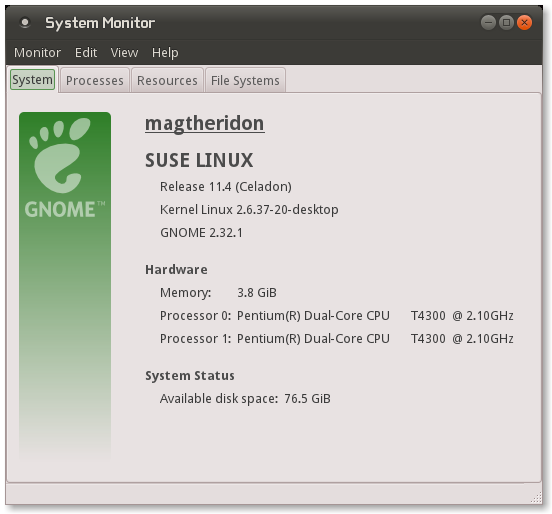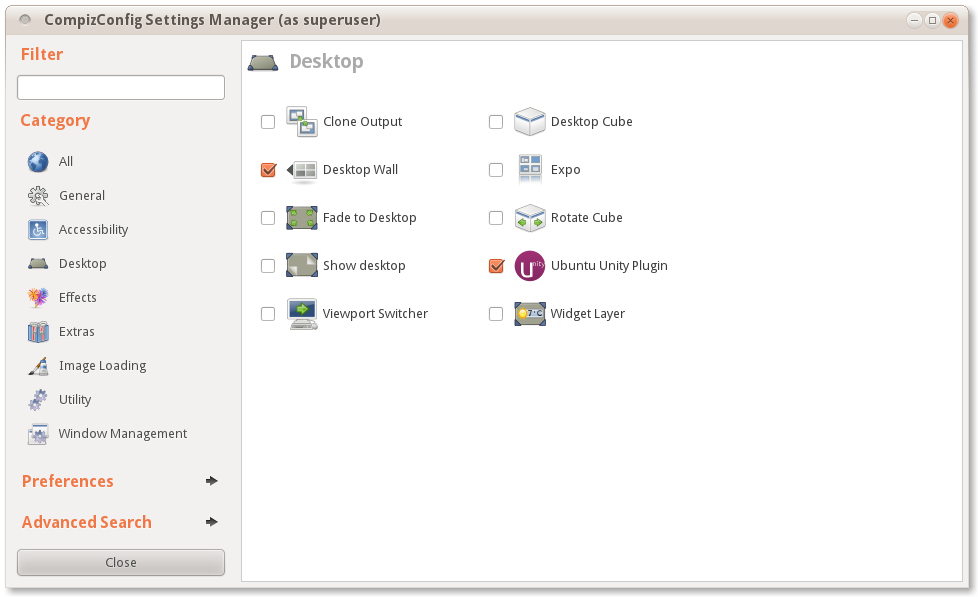Dear all,
I’ve decided to submit an application to the openSUSE Board. As a part of the procedures, there is the need of also complying with having a user page and provide some interesting information (openSUSE Elections Platform Template). This post should fulfill those requirements and provide a bit more of information about this sudden move.
Introduction and Biography
My name is Nelson, and hopefully I’m just another face in the crowd. I am a Linux enthusiast and once a believer that Linux could effectively replace other systems, even on the Desktop. I see myself as a end-user, as I don’t have too much demanding computing needs, for the most I use my computer just like any of the traditional end users out there. I don’t have a featured list of accolades or victory knots on my belt, instead I have a random casual action on a distant past on the national scene…
I’ve started my Linux experience with SuSE Linux 5.2 and kept going till SuSE Linux 7.1. I ended up by swapping to Red Hat and later to Fedora. I’ve return to openSUSE as it became more attractive due to FireGL support. It was a friendly transition and openSUSE tools helped a lot.
Major Concerns (previously ‘issues’)
* Secure a stronger position amongst the Desktop. Linux Desktop isn’t dead, neither emerging consumer electronics markets are a risk to the Linux Desktop. Nothing will change in the next 5 years. Take my word for it.
* Secure stronger distribution channels, expand the media partners network and optimize current channels for massive deployment of contents.
* More updates on people’s work through the planet. The press is keeping an eye on it. People should have the motivation to post more often, thus providing the media partners and our news team with more contents. Our userbase will see a non-stopping community, always working for the ultimate goal of satisfying their needs.
* Start implementing a structure that allows openSUSE as a Community to be managed as a service. Deploy extensive marketing to our established community and educate them on the basics of service marketing and customer loyalty builds. Our future depends greatly on this.
* Extend and improve the cooperation between openSUSE and other projects (ex: GNOME Project, KDE, others). There exist countless ways of doing this.
* Build and promote a openSUSE Desktop experience! This means deployment of more optional software, deployment of artwork by the community and of features voted by users.
* MOST IMPORTANT OF ALL: we need to DARE for more. We need to take risks and battle for our choices. Being conservative or follower doesn’t help. We need a strong vertical strategy.
Minor Issues
World Domination.
Role of the board
The role of the Board from my perspective is to be the Guardian and Sake keeper of the openSUSE values! The Board should also be the keeper of strategical guidance and the big pusher of the Community. From my perspective the board should enforce all necessary policies to ensure that the Community expands in numbers and contributions, but also keeping the orientation that allows us as a community to reach the strategical objectives defined previously.
The Board should also play a ‘self assessment’ role on the community and take swift and hasty action whenever required. All users should face the openSUSE board as a ‘beacon of light’ showing the way to the commity!
Why you should vote for me?
For all the subjects I’ve pointed as important to the future, you will notice that most of them can’t be enforced by the Board or by a group of persons. They need to be a free initiative from everyone around openSUSE. Not because we demand it, but because you understand the benefits that the community as a whole can take from such actions.
Aims/Goals
* Extend the list of official media partners and create a stronger and wider diffusion network for our contents, thus promoting existing sub-projects like News.
* Promote actively the participation of openSUSE contributors on the Planet. We need to update more often what we’re doing. The press is around, feel free to provide them the contents they need, thus you are promoting also openSUSE.
* Promote a stronger marketing commitment towards the established community! We need this!
* Survey often and a lot our community. Be always aware of our users needs and requirements so we can be ready to answer them.
* Make better usage of current materials and deployment capabilities. A quick example, YaST’s installer has some slideshows… We can improve those as a promotion method for upstream strategical projects, openSUSE and Community.
* Self assessment of all the resources currently available. We need to have a goal and methodology to allows to take quick action when required and provide accurate data that can influence our future.
* Promote more community efforts in the Desktop area. For example, community artwork packages, artwork repositories… etc.
* Ambassadors program requires methodology for self assessment and diagnose of ‘investment vs returns’. We can’t just ‘give’, we need to take something in return as well. What do we want in return ?
 The theme for this screenshot is Ambiance (also from Ubuntu) with a changed color scheme. This shot was taken on M6 with the newest FireGL drivers from ATI. I’ve noticed some changes on the blur effects on this driver, but I really can’t develop much.
The theme for this screenshot is Ambiance (also from Ubuntu) with a changed color scheme. This shot was taken on M6 with the newest FireGL drivers from ATI. I’ve noticed some changes on the blur effects on this driver, but I really can’t develop much.



